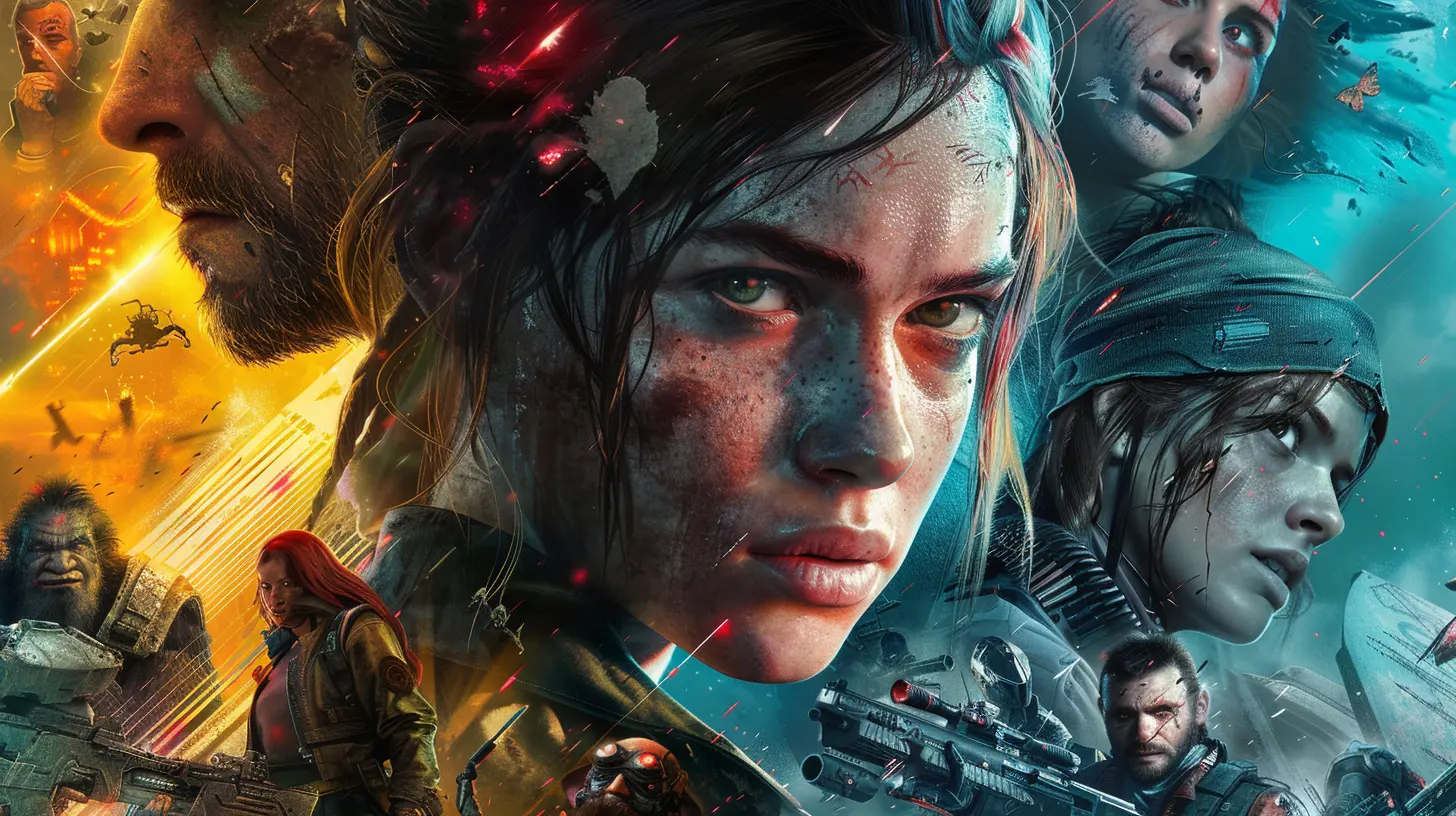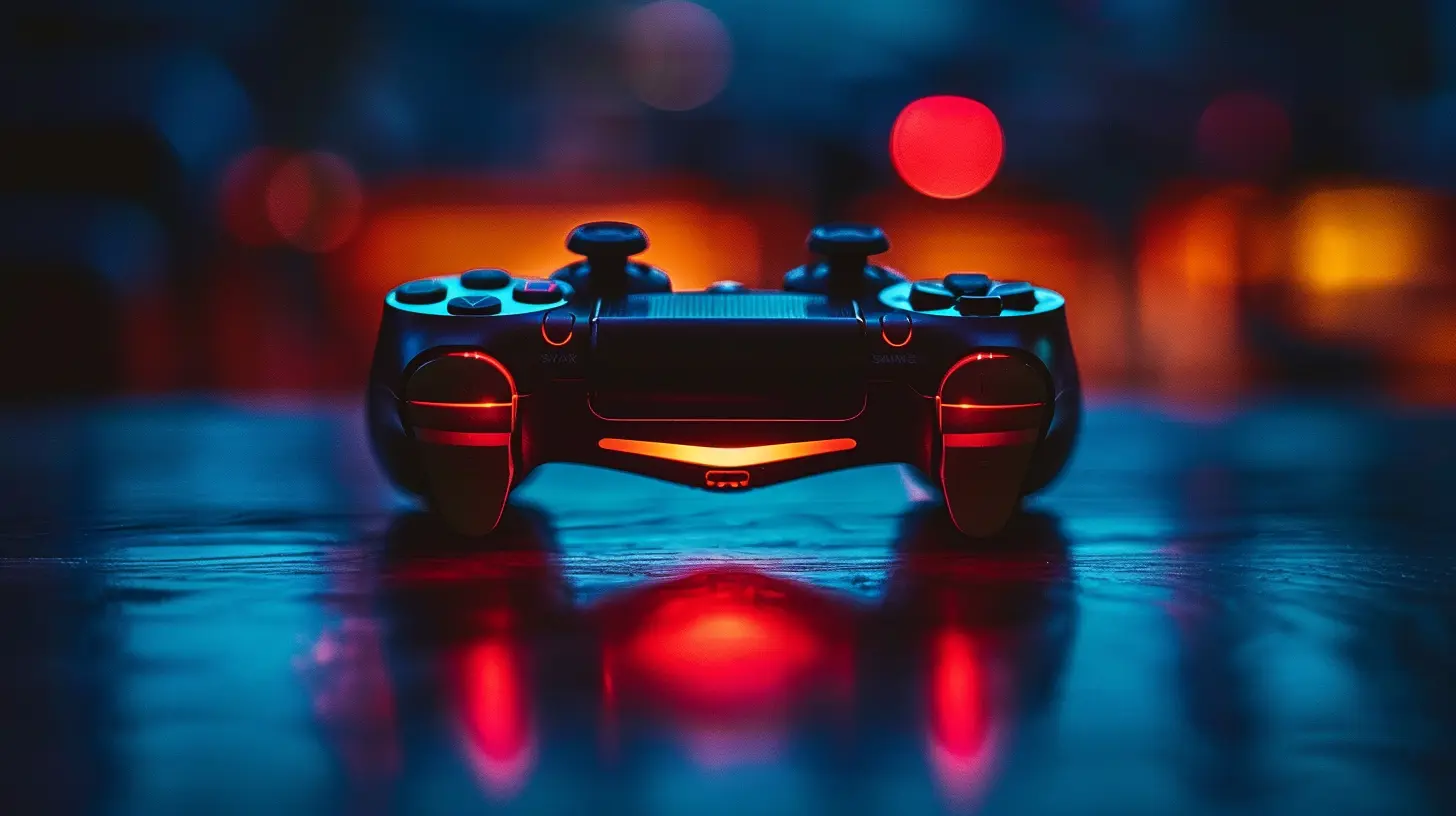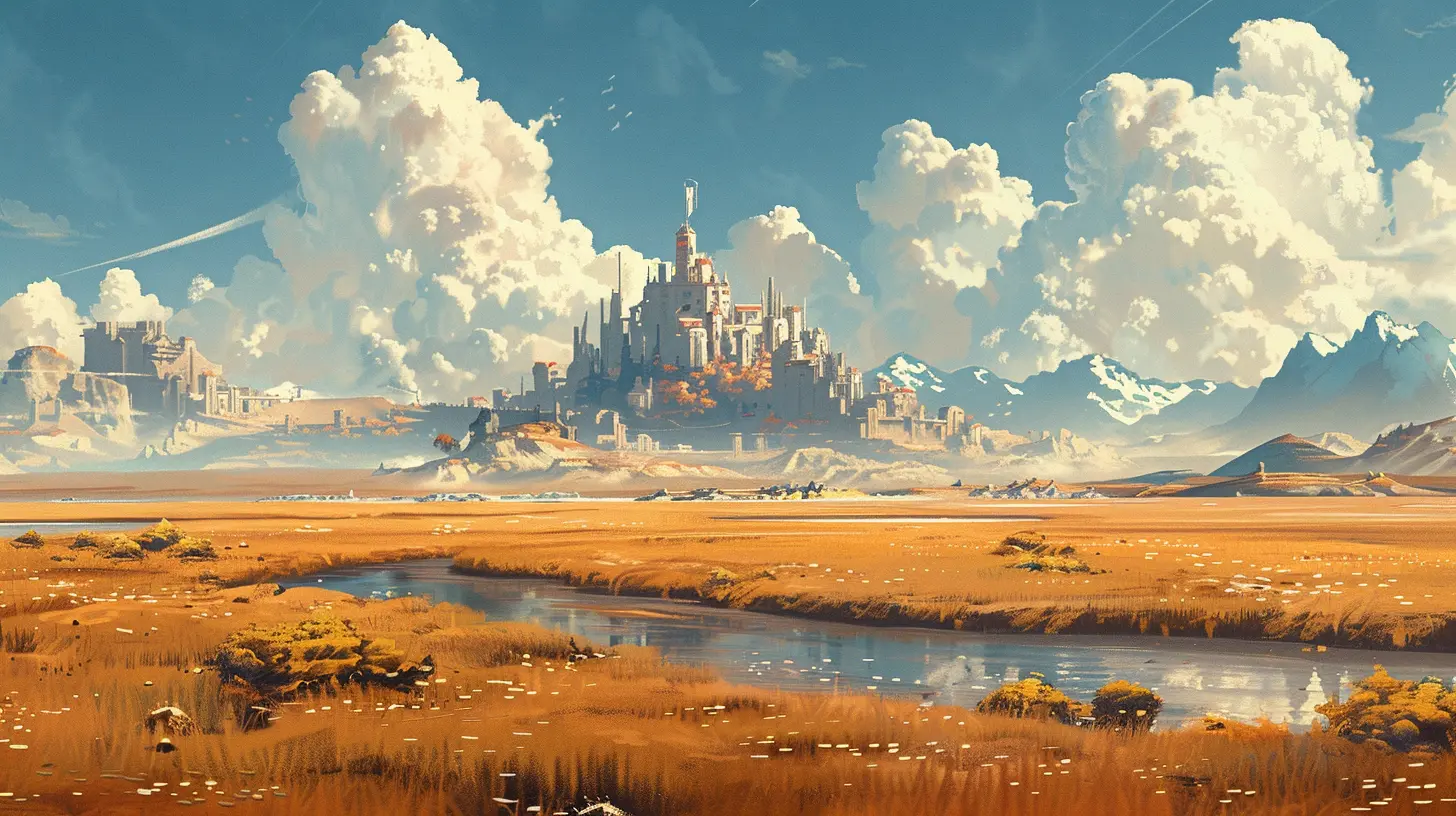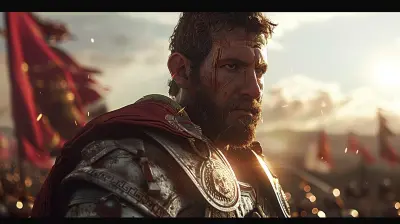Game Patches: How Updates Have Changed the Industry's Standards
17 May 2025
If you’ve been gaming for any length of time, chances are you’ve experienced something called a “game patch.” You know, those sometimes-tiny-sometimes-gigantic updates that download when all you really want to do is, well… play? Whether you love them, hate them, or ignore them (if that’s even possible), there’s no denying that game patches have completely redefined the gaming landscape.
Seriously, game patches have gone from being an afterthought to a core pillar of how developers deliver, maintain, and improve their games. Let’s dive into what makes these updates so essential and how they’ve changed the standards of the gaming industry. Spoiler alert: it’s a lot. 
What Exactly is a Game Patch?
Let’s get this out of the way first: what is a game patch? At its core, a patch is an update or fix released by developers to improve or tweak a video game.Think of it like repairing potholes in a road—except instead of a road, it’s your favorite (or not-so-favorite) video game. Patches can do all sorts of things, from fixing bugs to adding new content or even overhauling core mechanics. They’re a swiss-army knife for developers to improve their games post-launch.
But here’s the thing: they weren’t always a “thing.” Back in the day (I’m talking cartridge-era gaming), what you got at launch was what you had forever. No updates, no bug fixes, no DLC—just a game burned onto a physical cartridge or disk that could never change. So, how did we get from there to now, where patches can weigh in at 100GB or more? Let’s break it down.
A Quick History of Game Patches
Gaming Before the Internet Era
Gaming in the 80s and early 90s wasn’t all sunshine and pixelated glory. Sure, we got some legendary titles, but if a game launched with bugs or glitches (and let’s be real, many did), there was no going back to fix it. Developers had one shot to get it right, and if they messed up, tough luck.Think about the infamous “E.T. the Extra-Terrestrial” game for the Atari 2600. Rushed to market, riddled with problems, and ultimately blamed for crashing the video game industry in the early 80s—imagine if patches existed back then! Things could’ve ended very differently.
The Rise of the Internet and Patch Culture
Once the internet started creeping into homes in the late 90s and early 2000s, everything changed. Suddenly, developers had a way to distribute updates directly to players. It wasn’t perfect—early patches often required players to download files manually from a website (yikes)—but it was a start.Fast forward to now, where games are as much a “service” as they are a product. We're swimming in a world where patches are not only normal but expected. Developers can release patches the same day a game launches (or even before it launches). And while that’s great for keeping games fresh and polished, it hasn’t come without its controversies.
How Game Patches Have Changed the Industry Standards
1. Launch Day Isn’t the Finish Line Anymore
Let’s call it like it is: patches have changed how we think about launch day. In the early days of gaming, "release day" was everything. Developers and publishers poured their time, sweat, and tears into making sure the game shipped in as perfect a state as possible. Now? Not so much.With the rise of patches, launch day feels more like the start of a journey rather than the finish line. And while that’s great from a flexibility standpoint (developers can fix bugs, tweak gameplay, and respond to feedback on the fly), it’s also led to some sloppy game launches. Who remembers "Cyberpunk 2077's" wild ride? That launch was brutal, but patches have done a lot to salvage its reputation over time.
2. The Era of “Live Service” Games
If you’ve played games like Fortnite, Apex Legends, or Destiny 2, congrats—you’re deep in the world of live service games. These games live and die by their patches. Regular updates bring new content, balance adjustments, bug fixes, and seasonal events that keep players coming back for more.It’s like adding new toppings to a pizza you’ve already eaten half of—except the toppings are new weapons, maps, and battle passes. This model has completely reshaped gaming, shifting player expectations from “a complete product at launch” to “a living, breathing game that evolves over time.”
3. Fixing Mistakes After the Fact
Here’s the good, the bad, and the ugly thing about patches: they let developers fix their mistakes after launch. On the one hand, that’s awesome! Nobody wants to play a game where the final boss glitches into oblivion or the dialogue doesn’t load properly (looking at you, Bethesda).On the other hand, some developers have unfortunately leaned a bit too hard into the “we’ll fix it later” mentality. Players are more forgiving now than they used to be, but there’s still a limit. A broken launch might be salvageable with patches, but it definitely leaves a sour taste in players' mouths.
4. The Downside: Bigger Isn’t Always Better
Let’s talk file sizes for a minute. Raise your hand if you’ve ever had to delete another game to make room for a patch. Yeah, me too. Modern patches can be massive—like, “go-make-a-sandwich-while-this-downloads” massive.As amazing as it is to have developers constantly improving games, these huge updates can be frustrating. Not everyone has unlimited storage or lightning-fast internet. And if you’re playing on an older console or PC? Good luck.
5. The Power of Community Feedback
One of the coolest things about patches is how they're often shaped by the gaming community. Thanks to forums, social media, and direct feedback tools, players can voice their frustrations or ideas, and developers can (sometimes) act on them.It’s a win-win situation when done right. Players feel heard, and developers have a direct line to what their audience wants. Take No Man’s Sky, for instance. What started as one of the most disappointing launches in gaming history turned into a redemption story, largely thanks to constant patches and community input.
The Future of Game Patches
So, what does the future hold? Well, as games grow more complex, patches will likely keep getting bigger, smarter, and faster. AI-driven bug fixes might even become a thing, allowing developers to patch games in near real-time.But future advancements aside, one thing’s for sure: patches are here to stay. They’ve become an integral part of gaming, for better or worse. Whether you’re excited about the next big content update or groaning at the sight of another 50GB download, you can’t deny the massive impact patches have had on the industry.
Final Thoughts
Game patches have taken us from the “set it and forget it” days of gaming to an era where games are constantly evolving. They allow developers to fix, update, and improve their creations long after launch, often creating better experiences for players.At the same time, they’ve also shifted player expectations. We’re more forgiving of rough launches, but we’re also more demanding when it comes to post-launch support. It’s a delicate balance, and not every studio gets it right. But when they do? It’s like watching a caterpillar turn into a butterfly—a broken game getting patched into something truly remarkable.
So, the next time you see that download progress bar creeping along the bottom of your screen, take a moment to appreciate how far gaming has come. Sure, waiting for a patch can be annoying, but it’s also a reminder that the game is getting better. And honestly, isn’t that what we all want?
all images in this post were generated using AI tools
Category:
Gaming IndustryAuthor:

Emery Larsen
Discussion
rate this article
4 comments
Elle Miller
Intriguing shift! Curious how patches shape gaming.
May 26, 2025 at 4:16 PM

Emery Larsen
Thank you! Patches have revolutionized gaming by enhancing gameplay, fixing bugs, and allowing ongoing content updates, ultimately elevating player experiences and expectations.
Garrett McManus
Essential for gaming evolution!
May 26, 2025 at 3:08 AM

Emery Larsen
Thank you! Game patches have indeed revolutionized the industry, enhancing gameplay and player experience significantly.
Fenris McQuaid
Great article! It's fascinating to see how game patches have evolved the industry. They not only enhance gameplay but also reflect developers' commitment to player experience. Thank you for highlighting the importance of updates in creating a more engaging gaming environment!
May 24, 2025 at 4:49 PM

Emery Larsen
Thank you for your kind words! I'm glad you enjoyed the article and appreciated the role of game patches in enhancing player experience.
Victor McKinstry
Great insights! Game patches have truly transformed player experiences and industry expectations, ensuring smoother gameplay and ongoing developer support.
May 17, 2025 at 4:12 PM

Emery Larsen
Thank you! I'm glad you found the insights valuable; game patches have indeed revolutionized player experiences and set new industry standards.



